Domestically assembled car production is on a strong growth path, reaching 338,400 units in the first three quarters of the year, up more than 52% over the same period. However, the debate about the localization rate and the position of the Vietnamese auto industry continues. Although still behind Thailand, Indonesia and Malaysia in the region, the real picture of domestic production capacity is not as pessimistic as some comments.
Recently, there have been opinions that the localization rate of automobiles in Vietnam is only 5-20%, a figure that has caused much skepticism. However, data from major manufacturers shows a completely different story, reflecting their persistent efforts in building supply chains in Vietnam.
Realistic picture from major manufacturers
Enterprises with long-standing experience and large market shares in Vietnam have achieved impressive localization rates. Toyota Vietnam, one of the earliest brands, has achieved an average localization rate of 40% for domestically assembled car models as of February 2023. Notably, the Toyota Vios B-class sedan has achieved 43% localization according to the ASEAN value-added formula. The Japanese automaker is currently cooperating with 58 suppliers in Vietnam, including 12 purely Vietnamese units, with a total of 1,000 localized products.
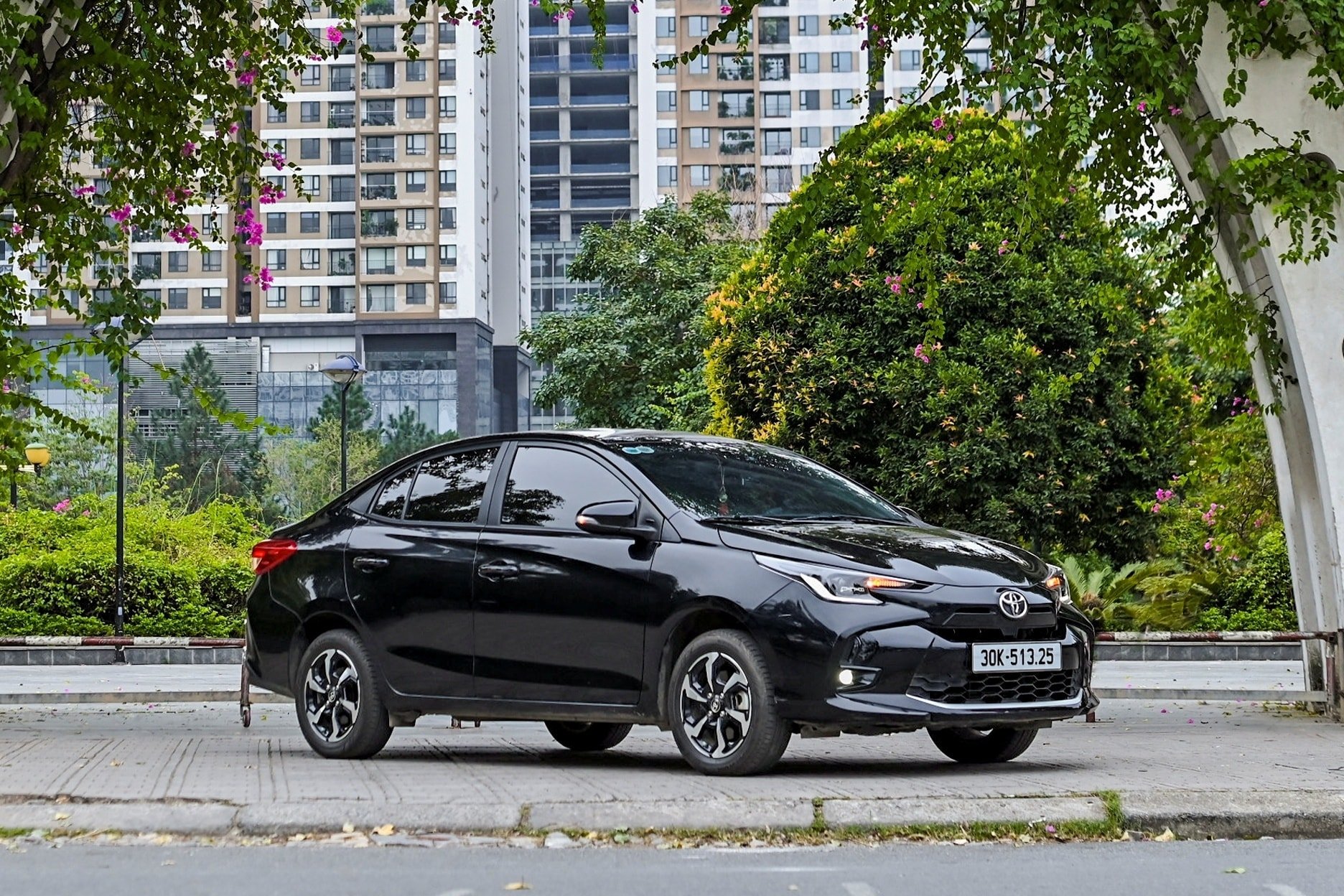
Meanwhile, Thaco not only assembles for many international brands such as Kia, Mazda, Peugeot and BMW but also independently produces many important components. Thaco's product portfolio includes seats, interior components, glass, electrical wires, car bodies and air conditioners. The company is also an OEM component supplier for Hyundai, Toyota, Isuzu and has exported products to demanding markets such as the US, Canada, Japan and South Korea.
VinFast , which has only been in operation since 2019, has made a breakthrough by announcing a localization rate of over 60% for its electric vehicle lines, including important components such as the body, engine and suspension system. The Vietnamese car company has set an ambitious target of increasing this figure to 80% by 2026, a testament to its strategy of investing heavily in domestic production.
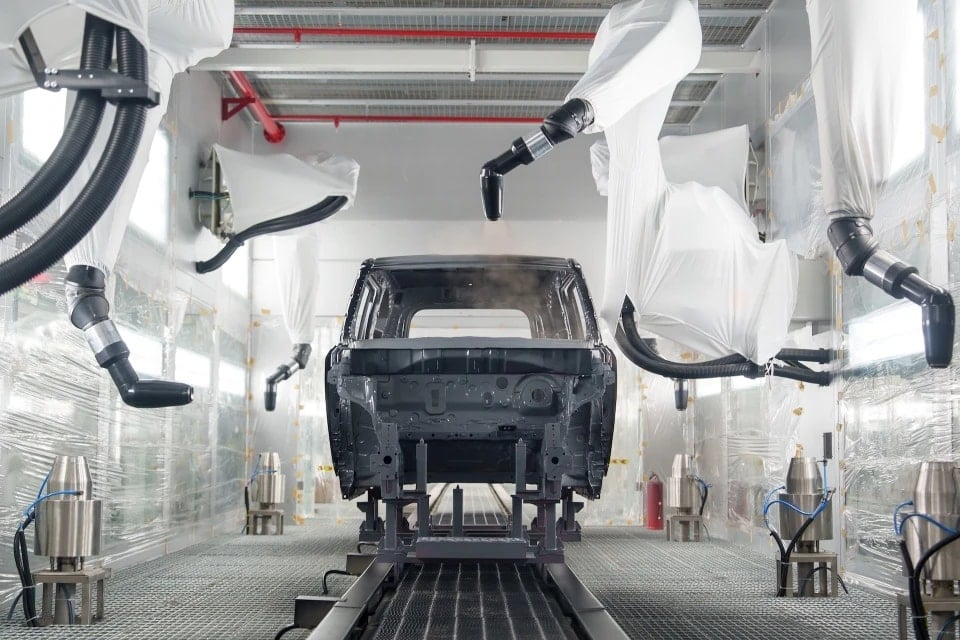
The relationship between sales and localization rate
The story of increasing the localization rate and sales has a mutual relationship, similar to the "chicken and egg" paradox. For a manufacturer to be able to boldly invest in localizing components, they need a large enough output to ensure economic efficiency. On the contrary, increasing the localization rate helps reduce costs, proactively source supplies, thereby creating a competitive advantage in price and attracting customers, promoting sales.
In fact, the car companies with the highest sales in the market such as VinFast (with more than 87,000 cars last year) and Toyota (66,576 cars) are also the ones with the highest localization rate. This shows that a large market share is a solid foundation for car companies to attract partners and invest in domestic supply chains.
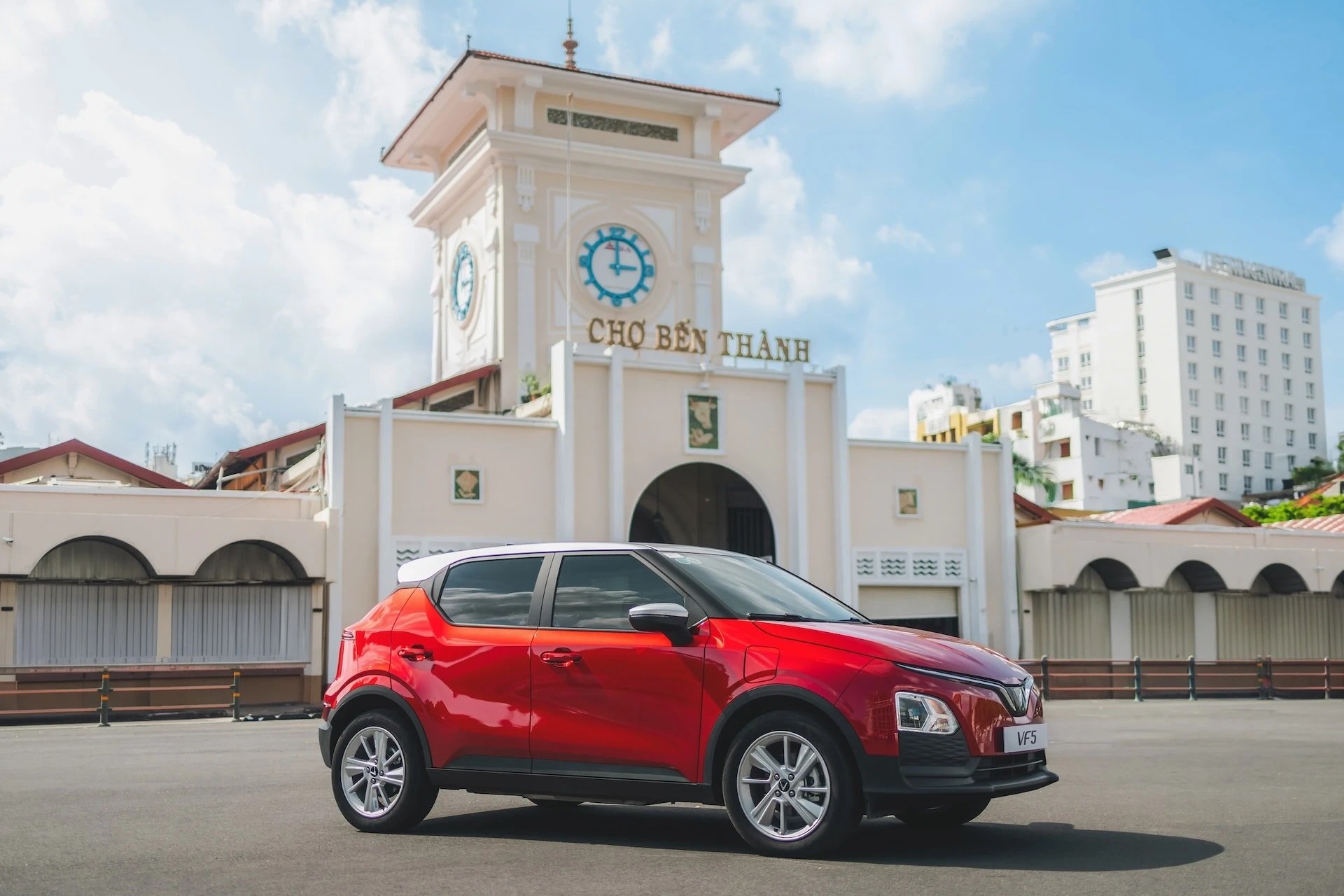
Prospects and challenges for the future
Despite significant progress, the Vietnamese automobile industry still has a long way to go to reach the 90% localization level like Thailand or Indonesia. However, the fact that more and more international brands are choosing Vietnam as the place to set up their factories is an optimistic signal, promising to promote the development of the supporting industry.
In an increasingly competitive market, investing in production and increasing the localization rate is no longer an option but has become a vital factor. Enterprises with the potential and determination to pursue this strategy will hold the advantage to capture market share, while those who hesitate will face the risk of being left behind.
Source: https://baonghean.vn/ty-le-noi-dia-hoa-o-to-viet-nam-thuc-te-va-tham-vong-10308174.html











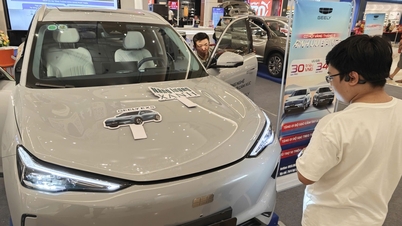

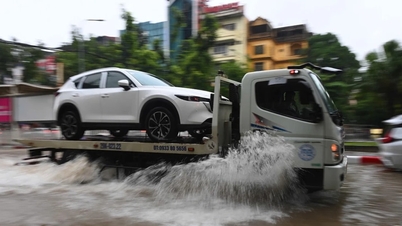
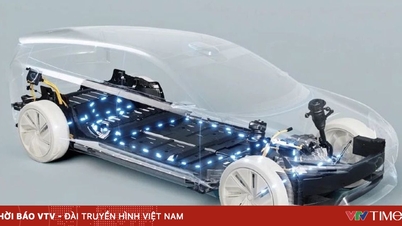





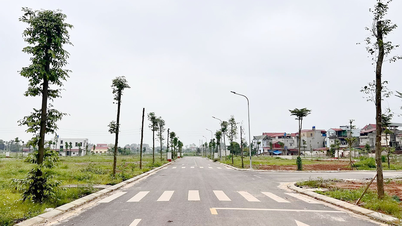











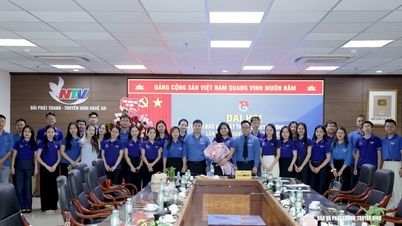

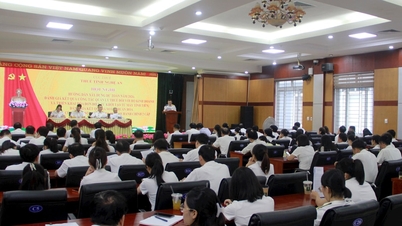


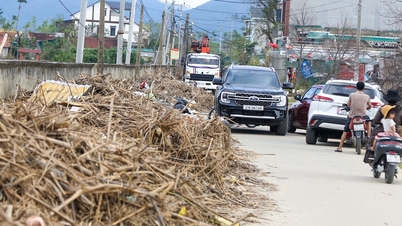







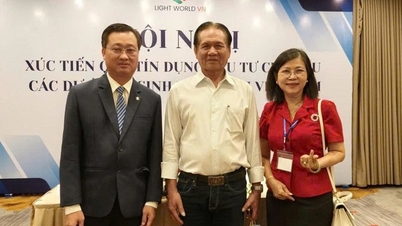






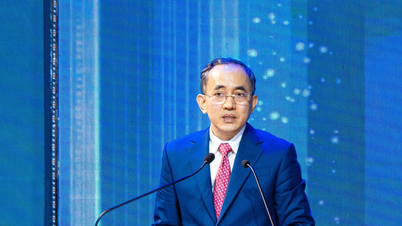









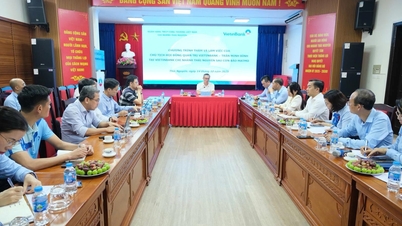

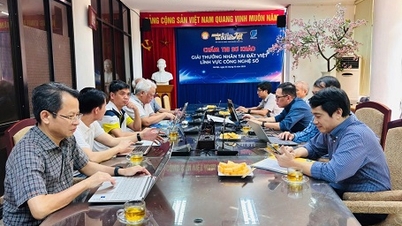













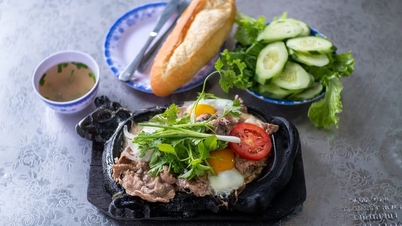




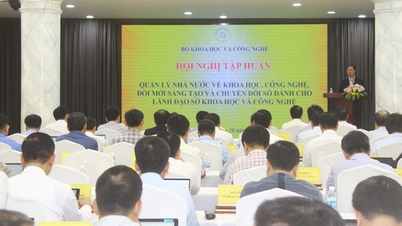



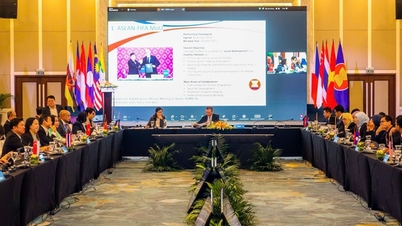

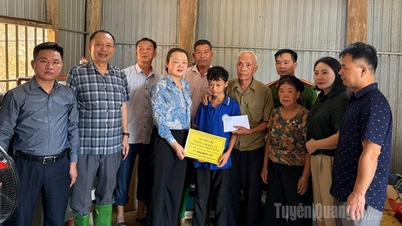






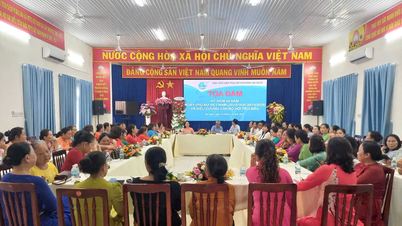














Comment (0)